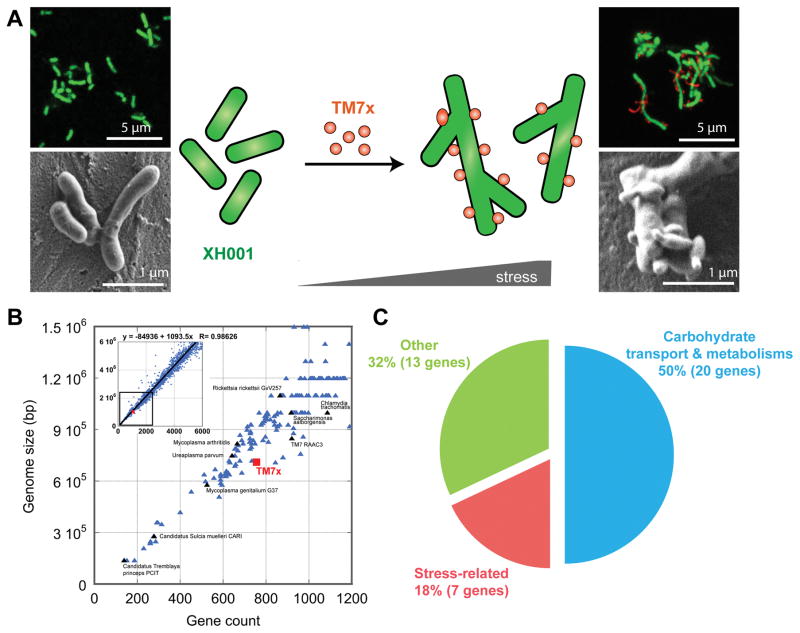Figure I. Interaction between first cultivated CPR member, TM7x and its bacterial host XH001.
(A) Both fluorescence in situ hybridization and scanning electron microscopy revealed XH001 commonly has short-rod cell shape, while TM7x induces long and hyphal morphology in XH001 by inducing the stress-response genes. TM7x also displayed elongated and bud-like protrusions, in addition to cocci morphology [89]. (B) TM7x has small genome size with reduced gene count consistent with the observed lifestyle as an obligate symbiont [89]. (C) Functional classes of the forty most significantly up-regulated genes in the transcriptomic studies in XH001 upon TM7x binding [89].

